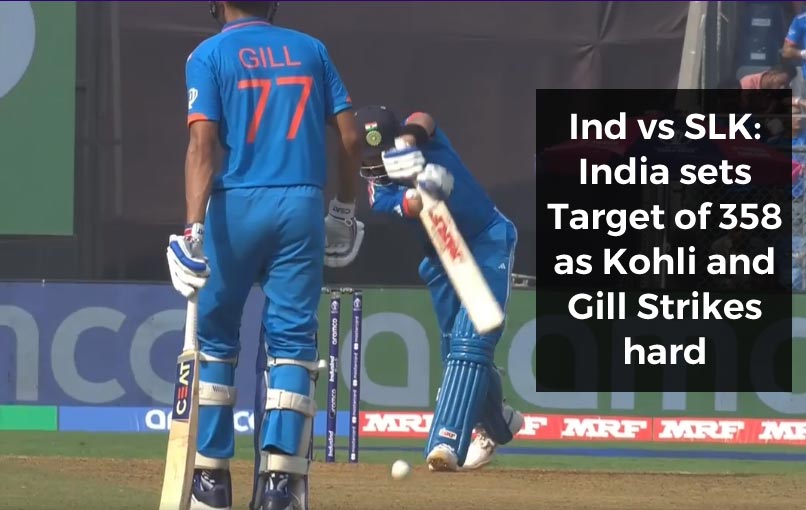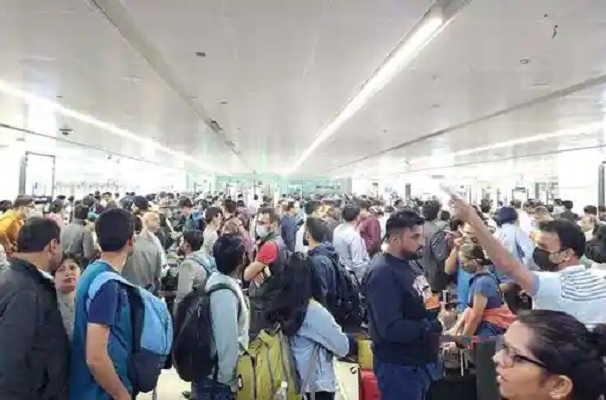India to send trade team to Washington for fresh round of talks with US
Fri 11 Jul 2025, 11:24:12
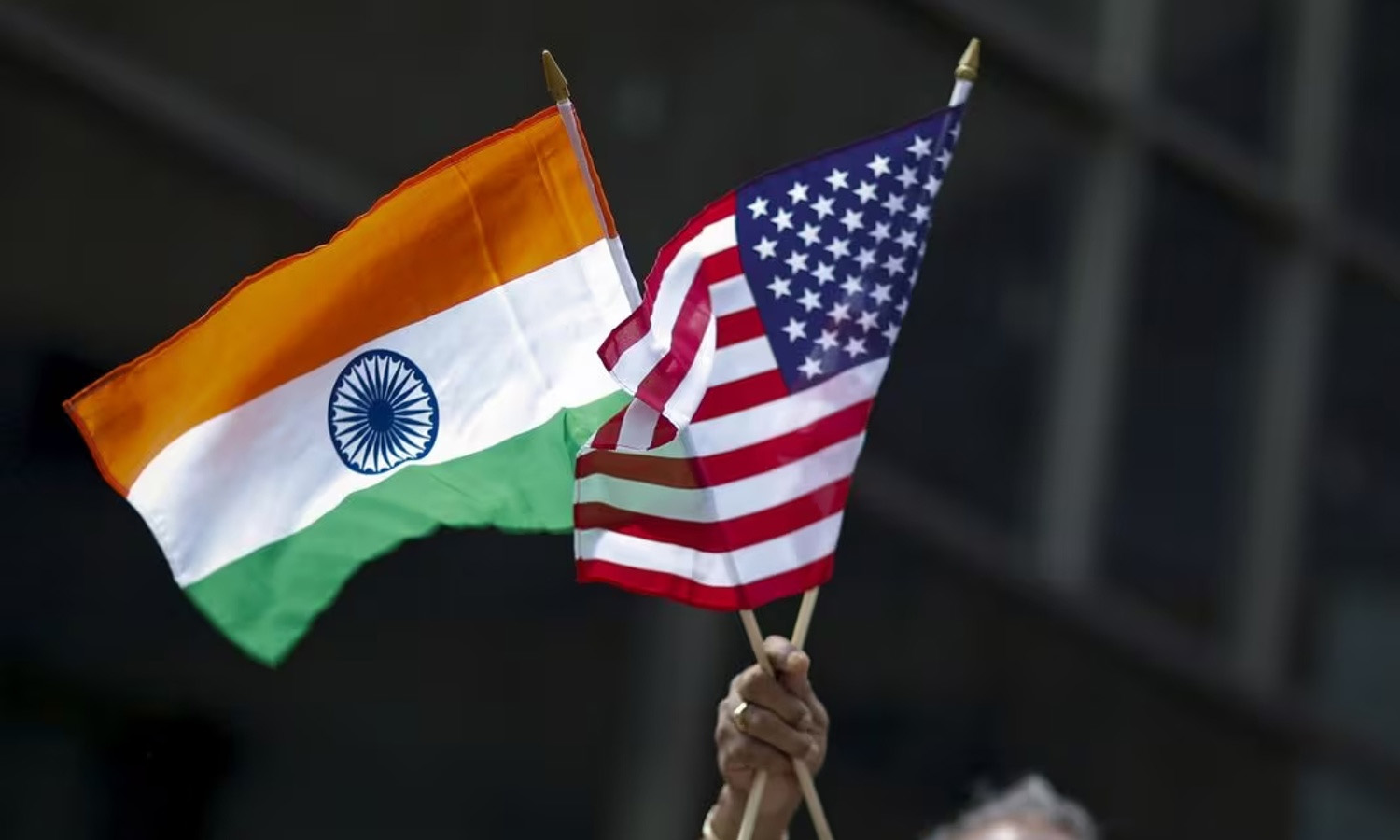
New Delhi: A team from India’s Commerce Ministry will soon visit Washington for another round of negotiations on the proposed trade agreement with the United States to iron out differences in sectors such as agriculture and automobiles, a government official said on Thursday.
“We are not differentiating between an interim or first phase of the bilateral trade agreement. We are negotiating a complete deal. Whatever is finalised can be packaged as an interim deal, and discussions on the rest will continue,” the official said.
The dates for the US visit have not yet been finalised. However, sources indicate that the team is expected to travel to Washington next week. “We are engaged both physically and virtually with the US on the pact,” said the official, who requested anonymity.
On the timeline of the proposed interim deal, the official said: “One does not know.” Earlier this month, an Indian team led by chief negotiator Rajesh Agrawal returned from Washington after holding talks from June 26 to July 2.
Agrawal is the Special Secretary in the Department of Commerce. India has toughened its stance on the US demand for duty concessions on agricultural and dairy products. So far, New Delhi has not offered duty concessions to any of its trading partners in the dairy sector under a free trade agreement.
This visit is significant as the US has further extended the imposition of additional import duties (26 per cent in India’s case) till August 1. India is seeking the removal of this additional tariff.
India is also pushing for the easing of tariffs on steel and aluminium (currently at 50 per cent) and automobiles (25 per cent). In response, India has reserved its right under WTO norms to impose retaliatory duties.
Last week, Commerce and Industry Minister Piyush Goyal said India does not enter into trade agreements based on deadlines and will accept the proposed trade deal with the US only when it is fully negotiated, properly concluded, and aligned with the national interest.
Free Trade Agreements (FTAs) are possible only when both sides benefit, and it must be a win-win arrangement, he said, when asked about the interim deal with the US. US President
Donald Trump had announced steep tariffs on several countries, including India, on April 2. However, the implementation was first postponed by 90 days until July 9 and later until August 1.
Donald Trump had announced steep tariffs on several countries, including India, on April 2. However, the implementation was first postponed by 90 days until July 9 and later until August 1.
On July 7, the Trump administration began issuing tariff letters to its trading partners. In two tranches, 21 countries have received these notices, including Bangladesh, Indonesia, Japan, South Korea, Malaysia, Thailand, South Africa, Bosnia and Herzegovina, Cambodia, Kazakhstan, Laos, Serbia, and Tunisia.
On Wednesday, Libya, Iraq, Algeria (30 per cent), Moldova, Brunei (25 per cent), and the Philippines (20 per cent) also received these letters. These levies will come into effect from August 1.
Trump has also imposed 50 per cent import taxes on Brazil and warned of an additional 10 per cent tariff on countries aligning with what he calls the “anti-American” policies of the BRICS grouping.
He claimed that BRICS was established to “hurt” the US and “undermine” the dollar. Leaders of BRICS nations — Brazil, Russia, India, China, South Africa, Saudi Arabia, Egypt, the United Arab Emirates, Ethiopia, Indonesia, and Iran — met in Brazil for the 17th BRICS Summit on July 6–7.
The US is demanding duty concessions on specific industrial goods, automobiles (especially electric vehicles), wines, petrochemical products, and agricultural items such as dairy, apples, tree nuts, and genetically modified crops.
In contrast, India is seeking tariff relief for labour-intensive sectors including textiles, gems and jewellery, leather goods, garments, plastics, chemicals, shrimp, oilseeds, grapes, and bananas.
The two countries aim to conclude the first tranche of the proposed Bilateral Trade Agreement (BTA) by the fall (September–October) this year. The agreement aims to more than double bilateral trade to USD 500 billion by 2030, up from the current USD 191 billion.
Ahead of that, efforts are underway to finalise an interim trade pact. India’s merchandise exports to the US rose by 21.78 per cent to USD 17.25 billion during April–May of this fiscal year, while imports increased by 25.8 per cent to USD 8.87 billion.
No Comments For This Post, Be first to write a Comment.
Most viewed from Business
AIMIM News
Latest Urdu News
Most Viewed
May 26, 2020
Where should be the burial of the pilgrims martyred in the Saudi Arabia bus accident?
Latest Videos View All
Like Us
Home
About Us
Advertise With Us
All Polls
Epaper Archives
Privacy Policy
Contact Us
Download Etemaad App
© 2025 Etemaad Daily News, All Rights Reserved.


.jpg)
.jpg)
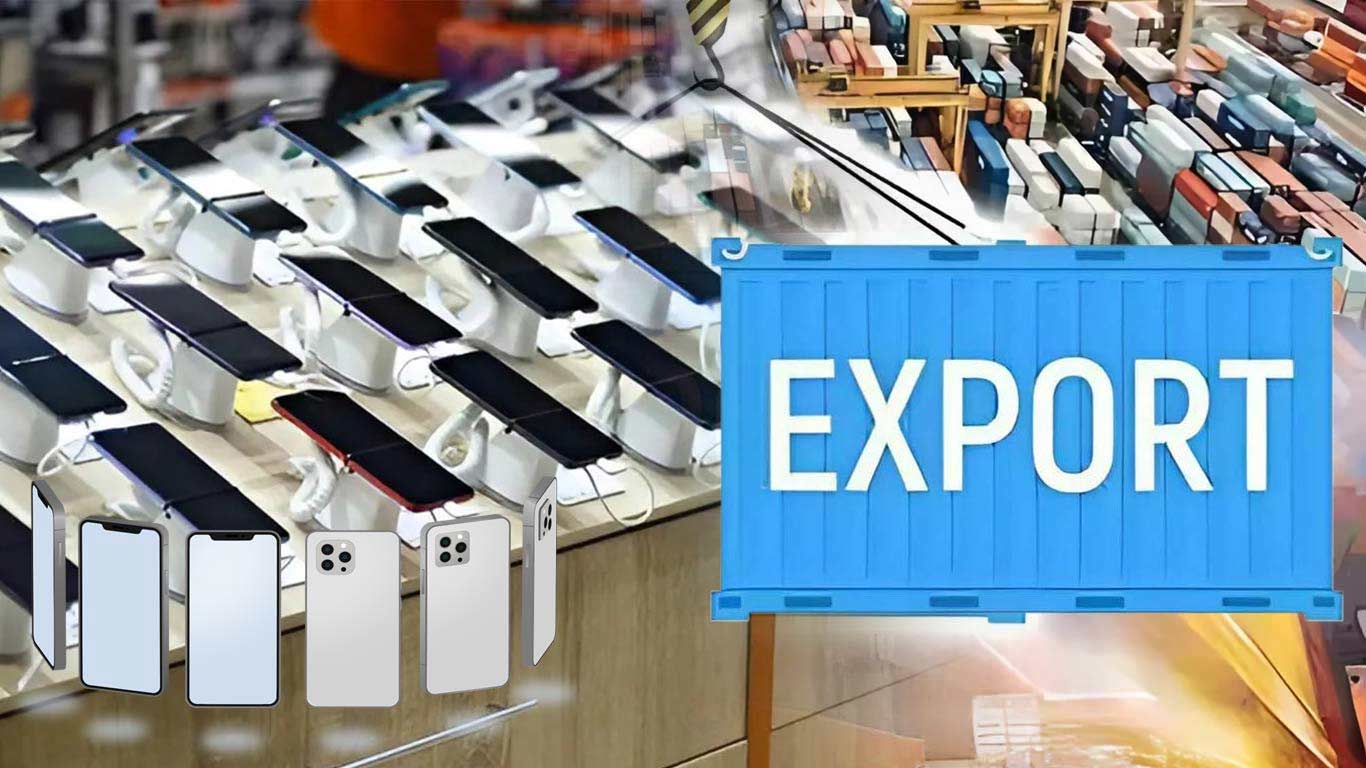

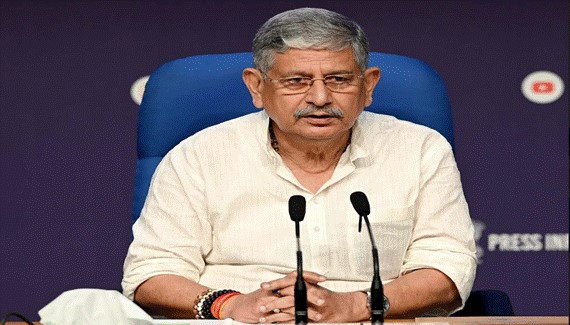
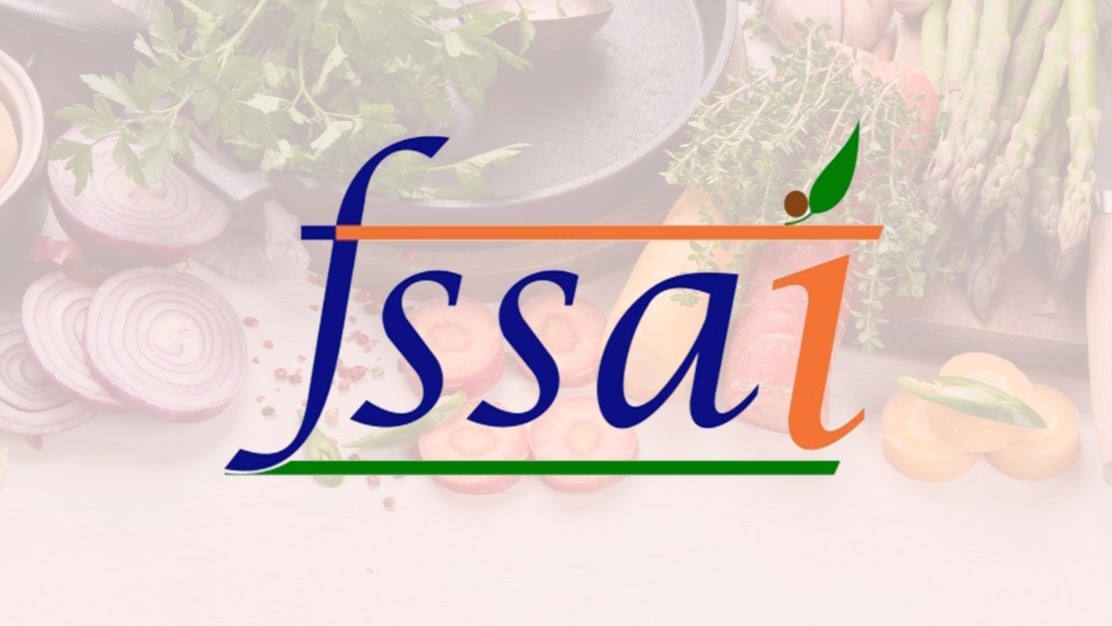
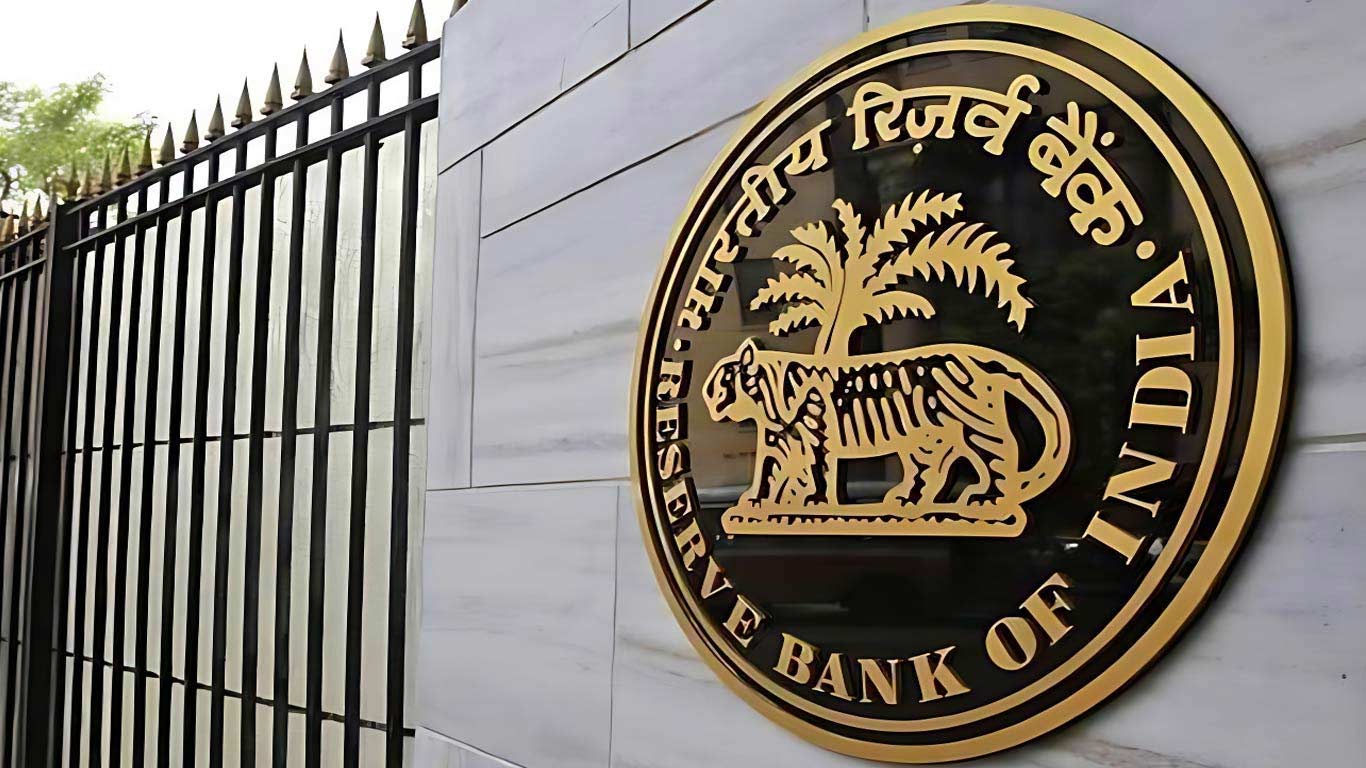
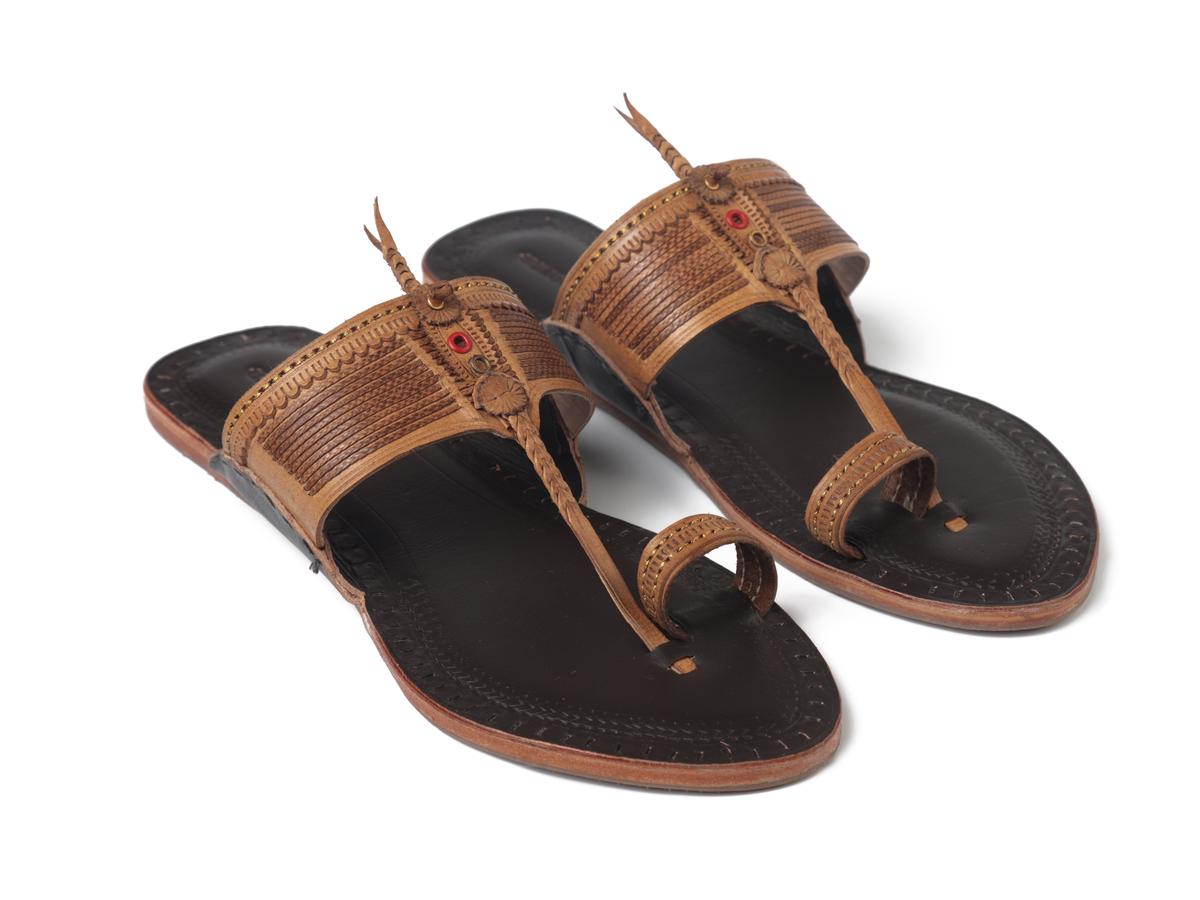

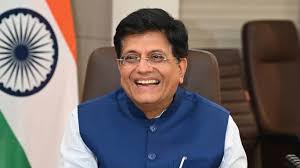
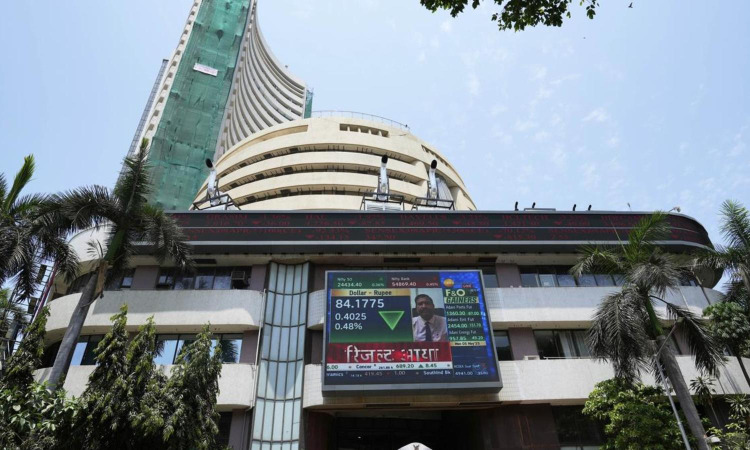

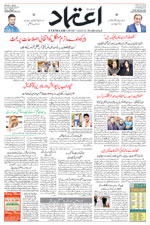



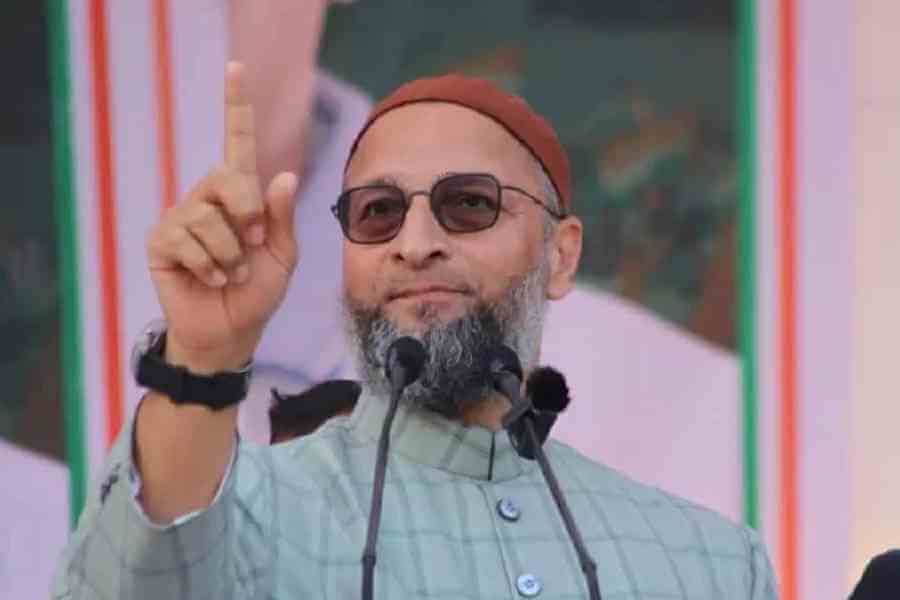
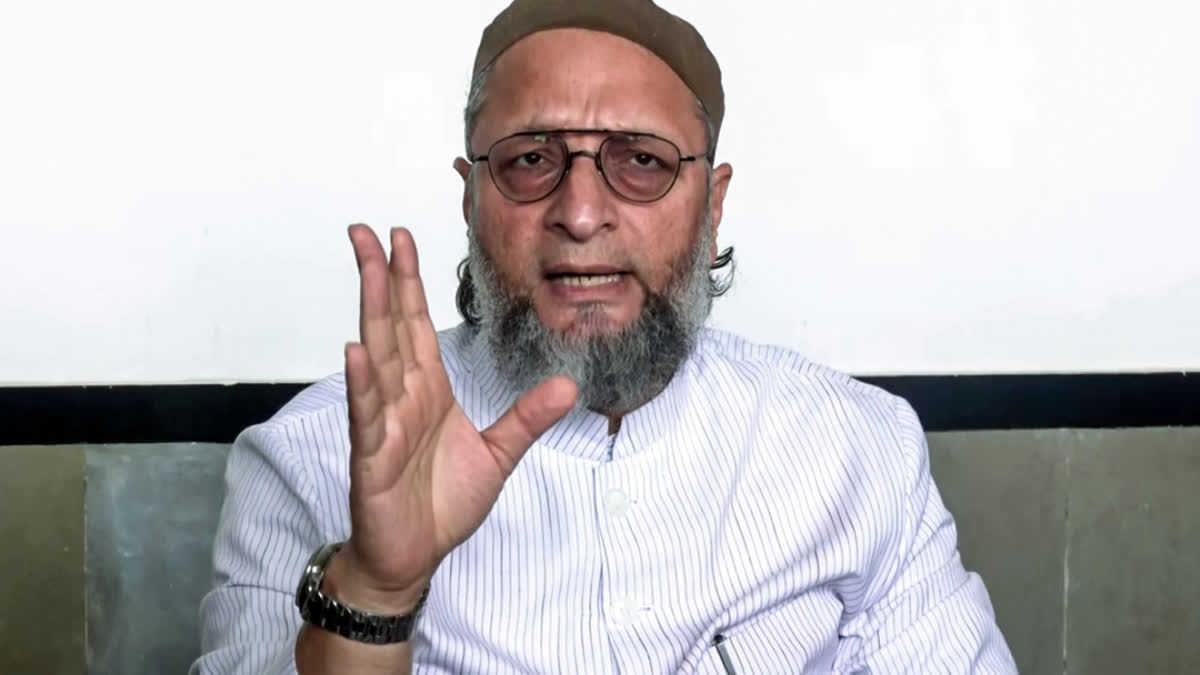
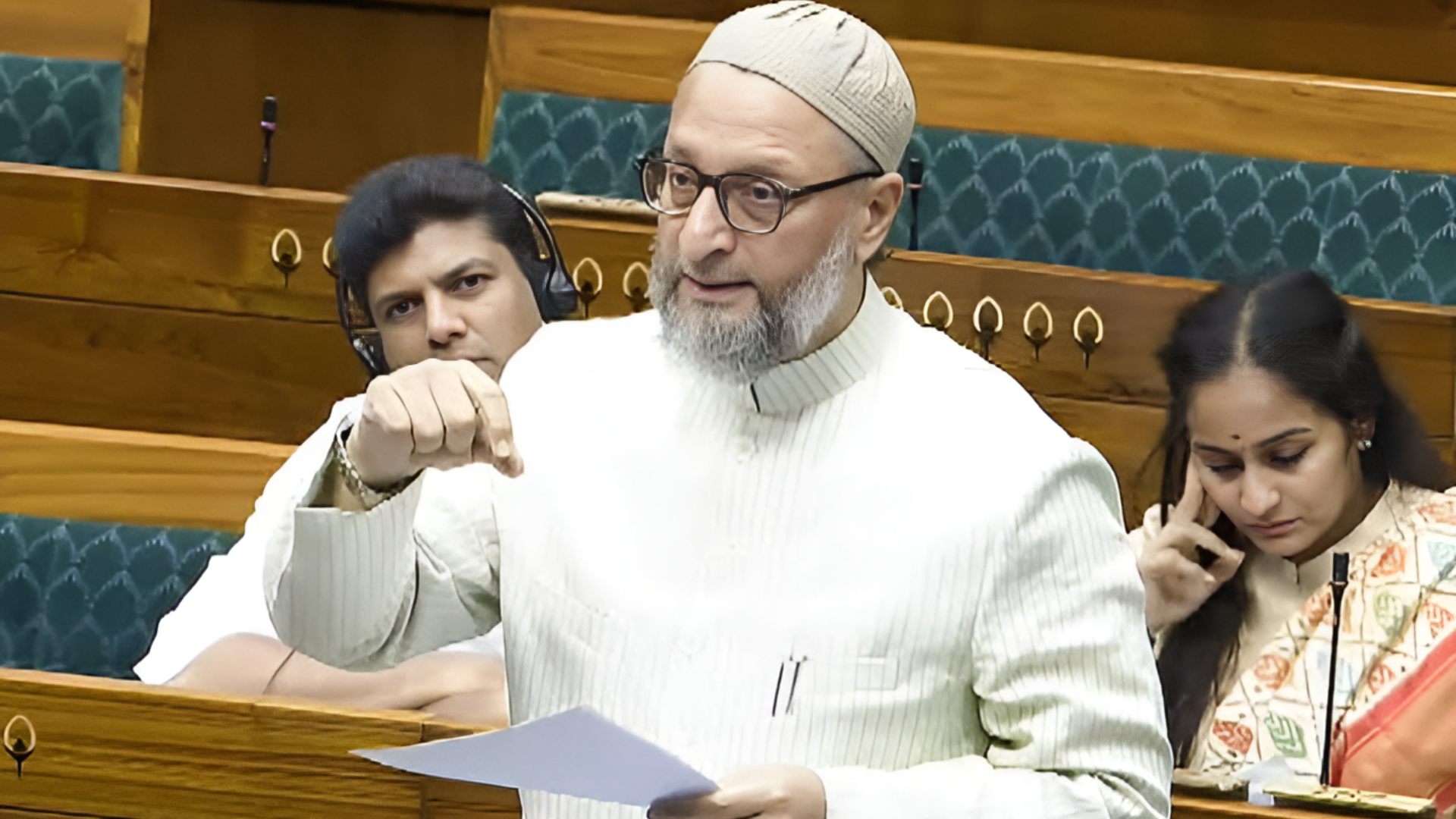
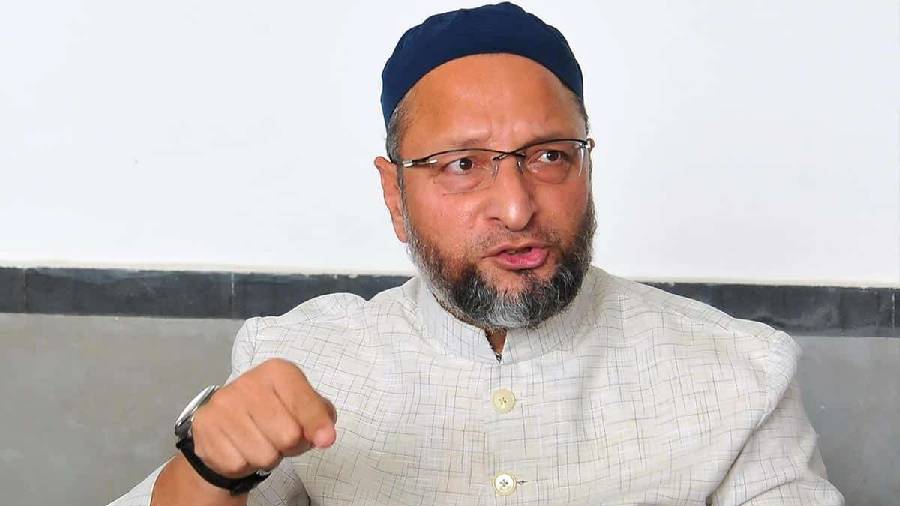
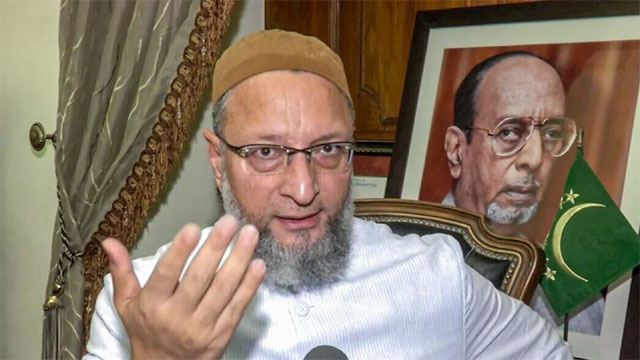
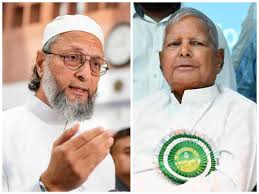
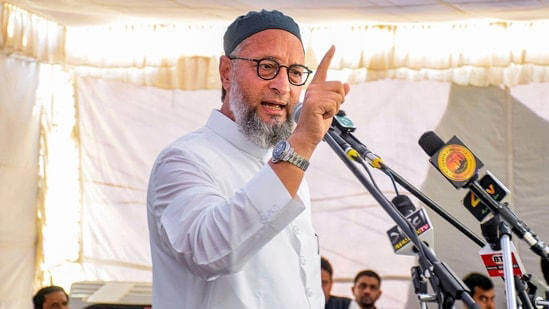
.jpg)
.jpg)
.jpg)

